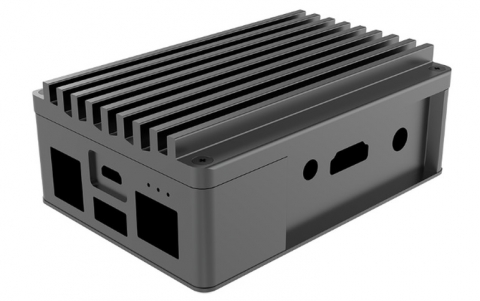
Cisco/Motorola Call Wi-Fi Phone Deal Off
Motorola and Cisco Systems have abandoned the development their dual-mode cellular and Wi-Fi phone in favor of phones that would allow multiple devices to work with any vendor's enterprise IP (Internet Protocol) phone switch, a Motorola executive said yesterday.
The companies had announced a partnership last July with plans to develop a device and release it in early 2006. The aim of the project was to let enterprise employees use one phone both outside and inside the office, with calls smoothly shifting over to a wireless LAN in the office and to the cell network outside the office.
Typical office phone features, such as dialing by extension within the enterprise, would be built-in.
The Motorola-Cisco partnership remains, but development has ended on the planned product, which never had an official name, according to John DeFeo, Motorola Corporate Vice President of enterprise products.
"It just simply took too long to get it moving," DeFeo said. "The market is moving very fast." Among other things, the industrial design of the device and the wireless LAN radio to be used in it were too old to make for an appealing product, he said. The development process involved coordinating product road maps between the two companies and working with mobile operators that would offer the phones, DeFeo said.
The planned device was to follow the CN620, a phone jointly developed by Motorola, Symbol Technologies, and Avaya, DeFeo said. Unlike the CN620, it would have been fully interoperable with Cisco's CallManager IP PBX (private branch exchange) and wireless LAN gear.
Motorola's new approach will be to develop a single platform that can be used for any dual-mode device the company wants to make and will work with IP PBXes from all vendors, DeFeo said.
He would not say when the first products based on that platform would be available. Motorola wants to branch out to many devices in order to support the same type of roaming capability for applications such as instant messaging, push-to-talk and location-based services, he said.
Meanwhile, Motorola has introduced other dual-mode phones that offer fixed-mobile convergence using other technological approaches, such as UMA (unlicensed mobile access), DeFeo said.
Cisco representatives were not available for comment.
Typical office phone features, such as dialing by extension within the enterprise, would be built-in.
The Motorola-Cisco partnership remains, but development has ended on the planned product, which never had an official name, according to John DeFeo, Motorola Corporate Vice President of enterprise products.
"It just simply took too long to get it moving," DeFeo said. "The market is moving very fast." Among other things, the industrial design of the device and the wireless LAN radio to be used in it were too old to make for an appealing product, he said. The development process involved coordinating product road maps between the two companies and working with mobile operators that would offer the phones, DeFeo said.
The planned device was to follow the CN620, a phone jointly developed by Motorola, Symbol Technologies, and Avaya, DeFeo said. Unlike the CN620, it would have been fully interoperable with Cisco's CallManager IP PBX (private branch exchange) and wireless LAN gear.
Motorola's new approach will be to develop a single platform that can be used for any dual-mode device the company wants to make and will work with IP PBXes from all vendors, DeFeo said.
He would not say when the first products based on that platform would be available. Motorola wants to branch out to many devices in order to support the same type of roaming capability for applications such as instant messaging, push-to-talk and location-based services, he said.
Meanwhile, Motorola has introduced other dual-mode phones that offer fixed-mobile convergence using other technological approaches, such as UMA (unlicensed mobile access), DeFeo said.
Cisco representatives were not available for comment.




















